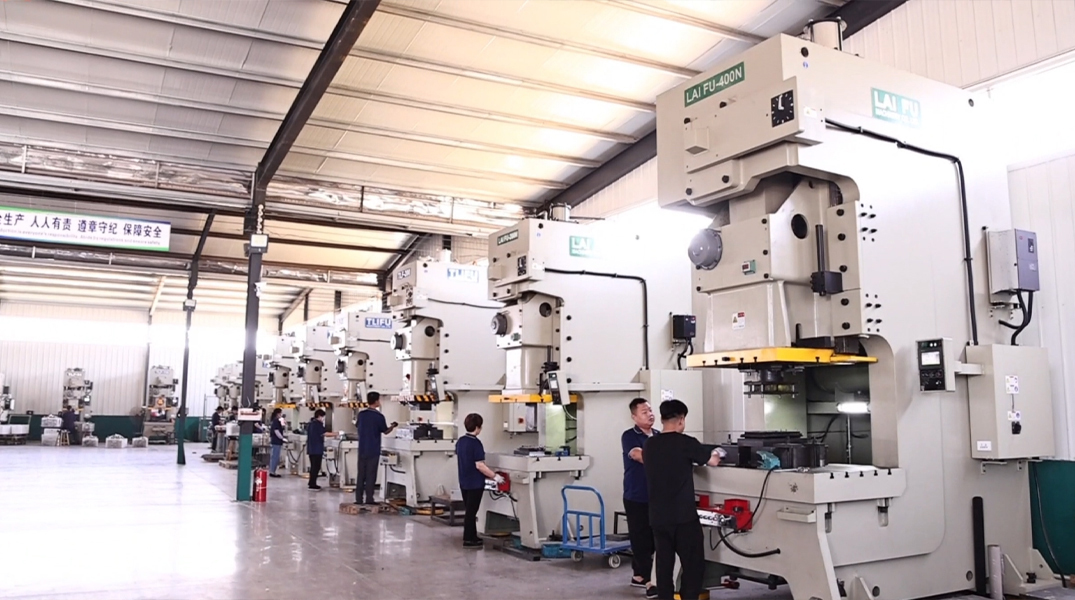Introduction to Metal Stamping
Metal stamping, also known as cold stamping or sheet metal stamping, is a high-efficiency manufacturing process that transforms flat metal sheets into precise components using specialized dies and presses.
Widely utilized in industries like automotive, aerospace, and consumer electronics, this technique combines speed, accuracy, and cost-effectiveness for mass production.

How Does Metal Stamping Work?
- Material Placement: A metal sheet (typically 0.4mm–2mm thick) is positioned on a die surface.
- Forming or Cutting: A hydraulic or mechanical press drives a punch downward, shaping or cutting the metal into the desired form within seconds.
- Post-Processing: Secondary operations like trimming, deburring, or coating enhance the component’s finish.
Key equipment includes stamping presses and precision dies, which determine the final product’s dimensional accuracy and surface quality.
Applications
- Automotive: Engine parts, brackets, and structural elements.
- Electronics: Connectors, shielding casings, and heat sinks.
- Appliances: Cookware, sinks, and HVAC components.
- Industrial Machinery: Gears, valves, and flanges.
Its ability to handle materials like carbon steel, stainless steel, aluminum, and copper makes it versatile for high-volume production.
Advantages
- High Precision: Tolerances up to IT7-IT9 grades ensure consistency, critical for complex geometries.
- Cost Efficiency: Low per-unit costs offset initial die investments, ideal for large batches.
- Speed: Cycle times range from 1 second to 1 minute per part.
- Material Flexibility: Compatible with ductile metals, including magnesium and titanium alloys.
Key Factors in Stamping Die Design
Die quality directly impacts product accuracy and longevity. Critical considerations include:
- Die Material: High-performance alloys (e.g., tungsten carbide) resist wear and reduce maintenance.
- Clearance Control: Optimal gap between punch and die minimizes burrs and extends tool life.
- Surface Finish: Precision grinding or CNC machining ensures Ra values below 0.4µm for smooth edges.
Modern techniques like progressive dies and compound dies enable multi-stage forming in a single press cycle, boosting productivity.
Future Trends in Metal Stamping
- Automation: AI-driven presses and robotic part handling reduce labor costs.
- Sustainability: Recycling scrap metal and adopting energy-efficient presses align with green manufacturing goals.
- Advanced Materials: Lightweight alloys (e.g., aluminum-magnesium) meet automotive electrification demands.
